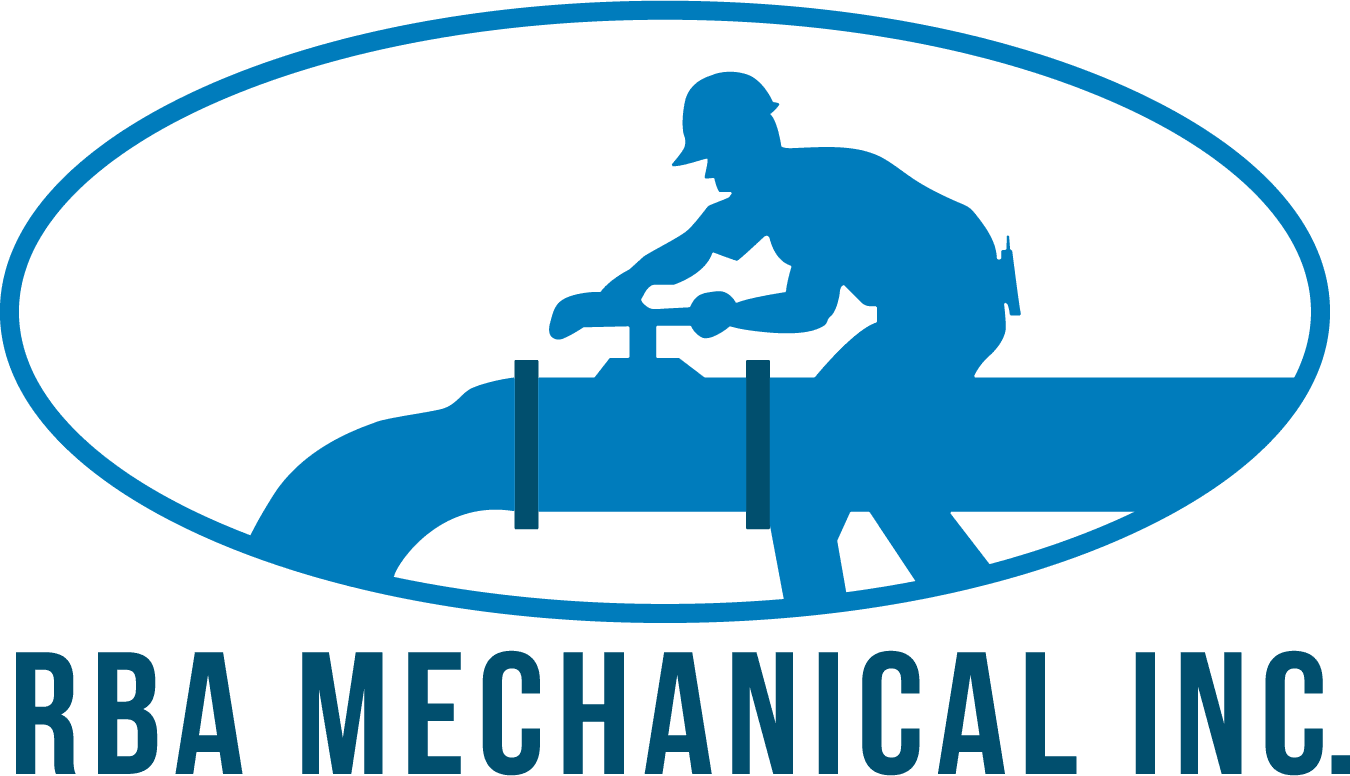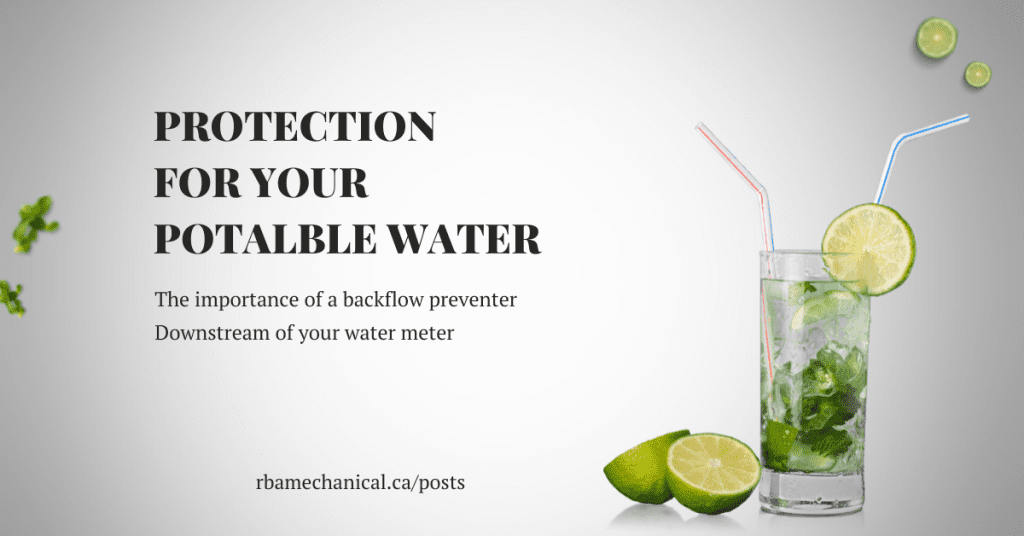When it comes to the safety of your drinking water, prevention is key. Imagine turning on your tap and not knowing what might flow out. A backflow preventer plays a crucial role in ensuring that clean water remains uncontaminated as it travels through pipes into your building. But what exactly is this device, and why should you prioritize having one installed downstream of your water meter? As we explore the vital aspects of backflow preventers, you’ll discover how they protect both your health and property from unwanted contaminants. Let’s dive into the world of backflow prevention and understand its significance better!
What is a Backflow Preventer?
A backflow preventer is a specialized plumbing device designed to stop the reverse flow of water. It ensures that when there’s a drop in pressure, contaminated water doesn’t flow back into the clean supply.
Found in various settings, these devices are crucial for maintaining safe drinking water standards. They come equipped with valves that close automatically if they detect backward movement. This mechanism helps keep harmful substances out of your fresh water supply.
Backflow preventers come in different types based on their specific applications and levels of protection required. Whether you have a commercial building or running a commercial business, having one installed can significantly reduce health risks associated with contaminated water sources.
Understanding this essential tool empowers building owners and businesses alike to take proactive steps toward safeguarding their drinking water quality.
Why is it Important to Have One Downstream of Your Water Meter?
Having a backflow preventer downstream of your water meter is crucial for safeguarding your drinking water. When there’s a drop in water pressure, contaminants can flow backward into clean water lines. This poses serious health risks.
The preventer acts as a barrier, ensuring that any potential pollutants are kept away from the municipal supply. Whether it’s chemicals from irrigation systems or bacteria from sewage lines, backflow can introduce harmful substances.
In many areas, local regulations require the installation of backflow preventers to protect public health. Compliance not only ensures safety but also avoids hefty fines associated with violations.
Moreover, installing one downstream minimizes maintenance issues down the line. It protects plumbing fixtures and appliances by preventing unwanted reverse flow that could cause damage or malfunction. Investing in this device means investing in peace of mind for you and your family’s well-being.
Types of Backflow Preventers
Backflow preventers come in several types, each designed for specific applications. The most common for water meters are the double check valve assembly. This device uses two independent check valves to stop reverse flow effectively. It’s usually installed in low-hazard situations where non-potable water could potentially contaminate drinking supplies.
For higher-risk environments, reduced pressure assemblies may be required. They provide an added layer of protection by using a pressure differential to keep contaminants away from safe water sources.
Each type serves its purpose and plays a crucial role in maintaining water safety across various settings.
How Does a Backflow Preventer Work?
A backflow preventer is designed to keep your water supply safe from contamination. It functions primarily through a series of valves that control the direction of water flow.
When you turn on a faucet, water flows in one direction—from the municipal supply into your home. The backflow preventer’s valves open to allow this normal flow. However, if there’s a sudden drop in pressure—like during a pipe burst or fire hydrant use—the device kicks in.
The protective mechanism ensures any reverse flow doesn’t happen. Specialized check valves close tightly when they detect backpressure or backsiphonage, effectively blocking contaminated water from entering clean lines.
By maintaining proper directional flow, these devices safeguard drinking water quality and ensure public health standards are met. Regular checks help keep them functioning correctly and protect against unforeseen issues like cross-connections with non-potable sources.
Benefits of Having a Backflow Preventer
A backflow preventer offers peace of mind. It safeguards your drinking water from contamination. This is crucial for maintaining public health.
Having this device installed can help you adhere to local regulations. Many municipalities require backflow prevention systems to ensure safe water supply.
Cost savings are another significant benefit. Preventing contamination means fewer medical bills and less spending on repairs due to water issues.
You also enhance the longevity of your plumbing system. By stopping unwanted flow, a backflow preventer reduces wear and tear on pipes and fixtures.
Investing in a backflow preventer is smart for homeowners who prioritize both health and financial stability.
Common Causes of Backflow and Contamination
Backflow occurs when water flows in the opposite direction from its intended path. This unexpected reversal can lead to serious contamination issues.
One common cause is a sudden drop in water pressure. This change can happen during firefighting efforts, large volumes of irrigation in the area, or water main breaks, pulling contaminated water back into clean supply lines.
Cross-connections present another risk. These occur when potable and non-potable systems intertwine, allowing pollutants to seep through if not properly managed.
Additionally, heavy rainfall or flooding can overwhelm drainage systems. When these systems fail, dirty water may flow back into residential pipes.
Improper installation of plumbing fixtures can create vulnerabilities that invite backflow situations. Regular inspections help identify these risks before they escalate into larger problems affecting public health and safety.
Regular Maintenance and Testing for Backflow Preventers
Regular maintenance is crucial for backflow preventers. These devices help ensure that potable water remains uncontaminated. Neglecting them can lead to serious health risks.
Testing should be performed annually by a certified professional. This helps identify any potential issues before they escalate. A simple inspection can catch leaks or malfunctions early on.
Moreover, some local regulations require documentation of these tests. Keeping records not only ensures compliance but also provides peace of mind about your water quality.
Homeowners should also perform routine visual checks. Look for signs of wear and tear around the device since small problems can turn into larger ones over time.
Taking proactive steps protects both your home and public health. Regular attention to your backflow preventer keeps everything running smoothly, safeguarding the integrity of your drinking water supply.
Conclusion
A backflow preventer is an essential device for protecting your water supply from contamination. It acts as a first line of defense, ensuring that harmful substances don’t flow back into the clean water lines. By understanding its significance and maintaining it regularly, you can safeguard not just your property but also the health of everyone who relies on that water.
Benefits abound when installing a backflow preventer downstream of your water meter. These include improved safety standards in drinking water and compliance with local regulations. Furthermore, regular maintenance ensures optimal performance and longevity of the device.
As awareness around public health grows, so does the need for robust systems like backflow preventers. Understanding common causes of contamination can aid in prevention strategies—this knowledge empowers building owners and businesses alike to take proactive measures against potential hazards.
Prioritizing routine testing and maintenance will keep these devices functioning correctly over time. Investing in this preventive measure ultimately protects both your property value and community well-being.
The importance of having a reliable backflow preventer cannot be overstated; it plays a vital role in preserving our most valuable resource—clean water.
Request Service or Get a Free Quote
Use the links below to browse more tips and advice or use the back button on your browser to return to the previous page.

